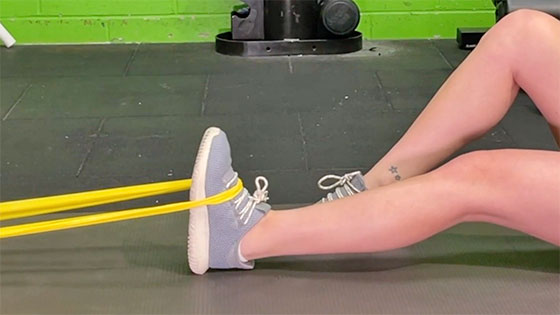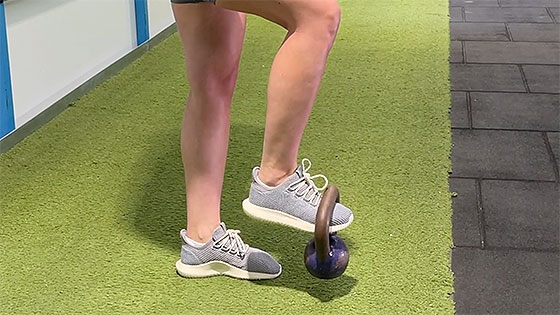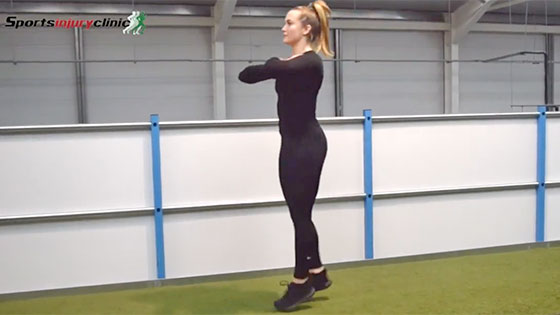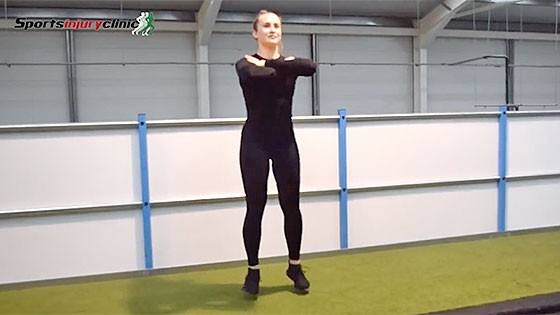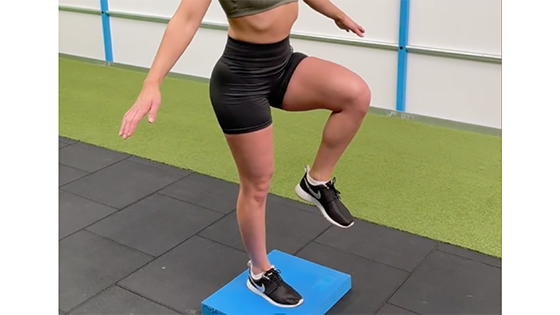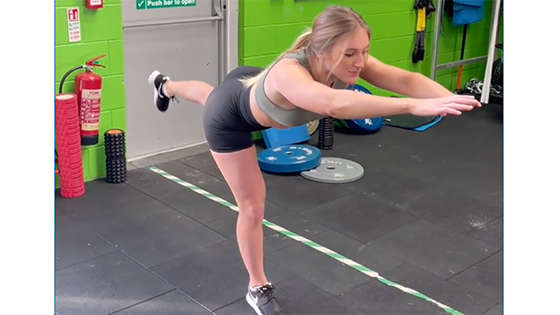Proprioception is your body’s coordination, or ability to sense where limbs are in space. It is an essential ability in sports. Here we explain some simple ankle proprioception exercises to recover from and prevent lower limb injuries.
Proprioception & balance exercises
The following exercises can be done without the aid of a wobble board:
The medicine ball catch exercise is designed to challenge the single leg, although various progressions can be added to make it more difficult. This develops proprioception after lower limb injuries.
Teaching Points:
- Start off standing on a single leg.
- Get a partner or therapist to throw a ball toward you so you can catch it.
- Maintain your balance throughout.
- Start with gentle throws directly towards your body.
- As you improve try slightly harder throws or throws slightly off to the side or overhead.
- A further challenge is to do the same exercise whilst balancing on a wobble board.
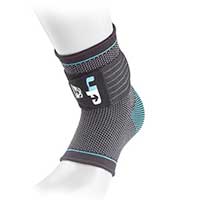
Buy Ankle Supports
Heel-toe balance
The heel-toe balance exercise, sometimes called a tandem stance is designed to start to work on proprioception and balance. This is a good build-up to wobble board work.
- The athlete stands with the involved foot immediately behind the other foot, with the toes touching the front heel as shown.
- This position should be held for 30 seconds without losing balance.
Stork balance
The stork balance is a simple ankle proprioception exercise, although various progressions can be added to make it more difficult. It improves balance and proprioception.
Teaching Points:
- The athlete begins by standing on the injured leg only for 30 seconds.
- Once this is accomplished the athlete closes their eyes to increase the difficulty.
- The next step is to balance on an unstable surface such as a trampette, wobble cushion, or half-foam roller.
What is proprioception?
Located within the muscles, tendons, ligaments and other soft tissues of the body, are tiny sensors that relay information about a joint position, pressure, and muscle stretch to the brain.
These proprioceptors are specialised sensory receptors on nerve endings within these structures. Once the proprioceptors have sent information to the brain, the brain then reacts, making changes to the body’s position, as required. Examples of proprioceptors include muscle spindles, Golgi tendon organs, and Pacinian corpuscles. If you have ever started to turn your ankle over and it has automatically righted itself then this is the proprioceptors working automatically to prevent further injury.
Following an injury, whether it be acute or an overuse injury, damage to the nerve endings of the associated structure occurs. This results in the impaired transmission of information from the proprioceptors, to the brain, meaning corrections to the body’s positioning are either less effective or not made at all. Using the most common example of an ankle sprain, this means the ankle is more likely to be injured again.
Proprioception can be improved through certain exercises. These exercises should begin as soon as possible after an injury. Generally, in lower limb injuries, this is as soon as full weight-bearing is possible. This kind of exercise can start very simply, without the need for equipment using single-leg balance exercises.
To further challenge this sense, a balance board (wobble board), wobble cushion, or rocker board can be used. Balance board exercises are quite simple and can be gradually progressed to make them harder as you improve.


